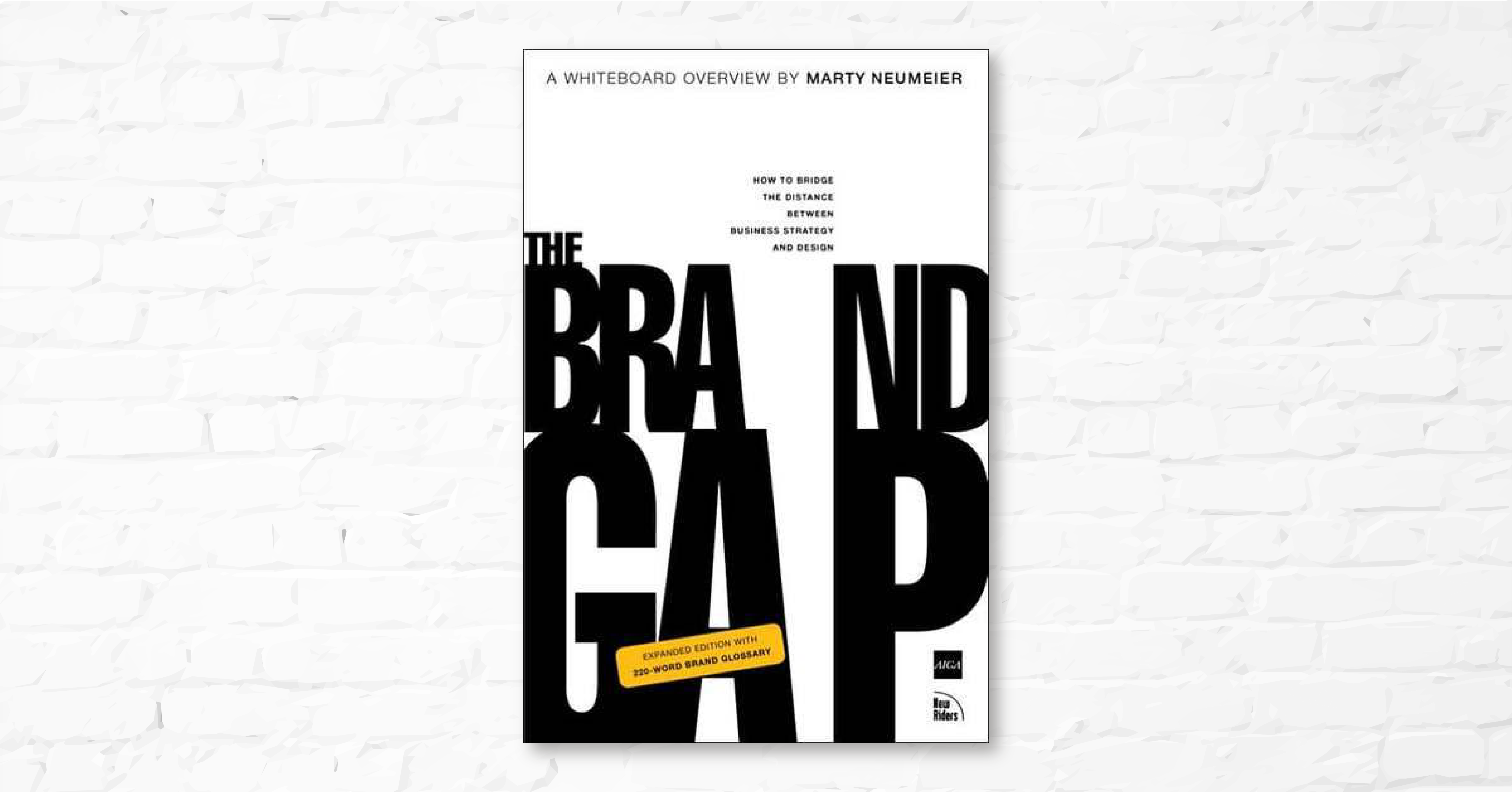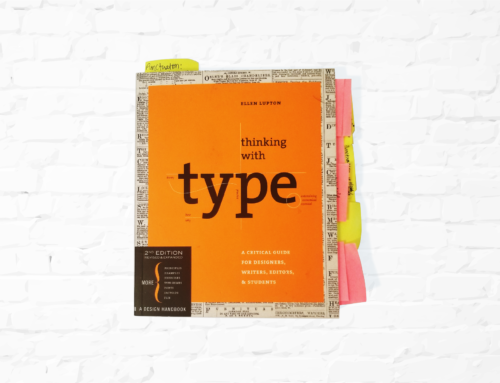A staple in the library of anyone involved in design, business, marketing, and/or branding. ‘Brand’ is a word that’s thrown around a lot nowadays but what does it really mean? With all the muddy misconceptions, Marty Neumeier’s The Brand Gap is refreshingly clear and concise. Marty helps us understand not only what a brand is, but also outlines what makes a great one.
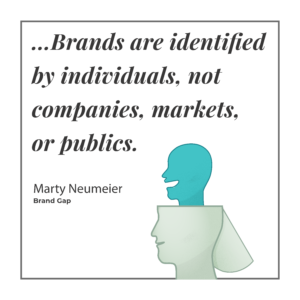
A key insight that Marty reminds us of is that at the end of the day, no matter how much we try and control what our brand is, it really all comes down to how our brand is perceived by the customer.
I love this classic because ultimately it reminds me to stay true to my own audience. It also helps to bridge the divide between the strategic and creative aspects of building a strong brand, both of which are necessary to connect with an audience.
Neumeier outlines five disciplines of brand-building in his book:
- differentiate
- collaborate
- innovate
- validate
- cultivate
Here’s my quick take on each of these disciplines and how I use them to guide me in my own brand-building:
1. Differentiate
It’s easy to fall into the temptation of just throwing anything and everything at the wall to see what sticks. This is especially true for new brands just trying to gain traction. By taking the time to strategically clarify who we want to connect with and understand that audience we can instead use our brand to create a platform for our very own community. This really requires focusing in on exactly who your brand is for and how you are different from your competitors. A good way to get this process going is to first get very clear on what value you are offering your customers, what values your business holds, and how you’re going to stand out from your competitors.
2. Collaborate
Turning a business into a recognizable brand requires that the owner(s) wear many hats. But no matter how much of a renaissance man or woman one might be, it’s impossible to do it all on one’s own.
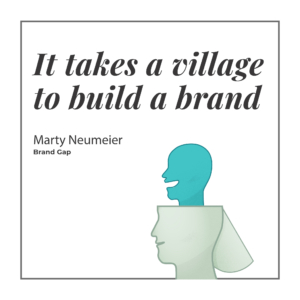
Web design, advertising, brand strategy, emails, annual reports, events, media marketing – These are just some of the things we need to consider when running a business and building a brand. It’s important to be honest about how much we can handle on our own. Thankfully, there are many options on how we can collaborate with others to build and manage a strong brand. Each of these options may come with its own pros and cons.
Do you want one business to handle all branding and design assets for you, or do you want to hire the ‘best of’ for different assets? In the first example, you may have more brand consistency, and perhaps it’ll be easier to manage but you may feel like you don’t have as much ownership or control over your brand. In the second case, you may feel like you have more control, but delegating tasks to many different designers may be harder to manage. If you have the need and resources, another option is creating an in-house team or a brand manager to ensure consistency and clarity across all touchpoints.
*Cheap plug* ;P If you need help with branding and branding assets, feel free to get in touch!
I’d be happy to chat about your brand and or design project!
3. Innovate
Creativity and innovation are so important! This is a reminder to myself as much as it is advice to anyone else who may be reading this blog. It’s really easy to fall into a rut, to find something that works and stick with it for as long as possible. Of course, it could feel scary to try new things but part of how we keep differentiating ourselves from competitors and delighting our consumers is by infusing our brands with creativity across various touchpoints.
4. Validate
Brands don’t exist in vacuums. Whether we like it or not, our customers are a part of our branding and creative process. They provide feedback on whether we’re going in the right direction or not. Ideally, we can minimize risk when trying something new if we test ideas before they go to market. This has been done using focus groups or large quantitative studies, but Marty Neumeier recommends some cheap, quick, dirty tests instead.
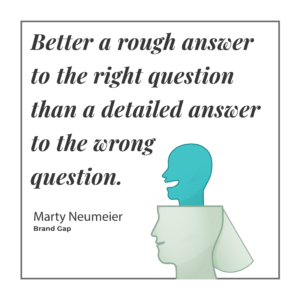
Many businesses spend a lot of money on researching their market and focus groups. Marty Neumeier recommends keeping it simple, quick, and cheap. He outlines a few tests anyone can do to validate new creative ideas.
3. Cultivate
At the deepest level, a brand is NOT a logo, a look, or a feel of a business. The strongest brands have character. The look and feel may change, but the character is still recognizable. In my opinion, this has a lot to do with being clear on your brand’s values and how you want to ultimately add value to your customers’ lives.
Once you have a strong brand character, how will you ensure that it shines through across all the different touchpoints? Some businesses hire brand managers or organize brand orientations. Many businesses have brand guidelines that are used when creating assets or designing touchpoints. These guidelines often only touch on visual identity but can be expanded to include the values, mission, and vision of the company.
Ultimately, the only way to cultivate a brand over time is to consistently and continuously put energy, effort, and creativity into it.
What do you think makes a brand? And what do you think makes a great one? Let me know👇
You can read the Brand Gap for free by following the links on Marty Neumeier’s website.
